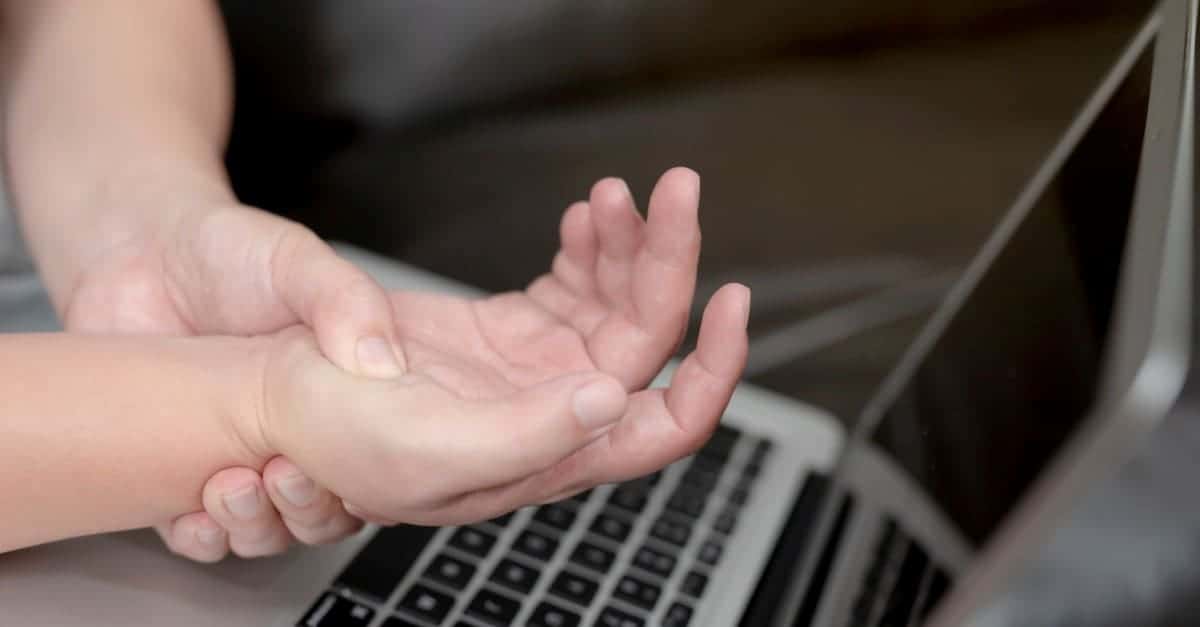By Dr. Hope Miller, DC, DACBSP
Many people would be surprised at how often chiropractors can help patients suffering from hand numbness and tingling. And to be honest, sometimes we surprise ourselves.
I mean, can it really be this easy?
Doesn’t everyone know that nerves can sometimes get caught up in tight muscles or the tight muscles themselves can cause that gross feeling of a body part “falling asleep”?
Doesn’t everyone know that drugs and/or surgery aren’t the only ways to fix things?
No. Everyone doesn’t know.
I base this statement on how many patients wind up in our office as a last ditch effort in order to find relief.
~ and relief they shall get ~
First and foremost, I am not making claims that conservative care can cure everything because it can’t. There is a time and place for everything.
And that time is NOW and the place is True Sport Care!
Medical causes of hand numbness and tingling
Seriously though, there are multiple causes of hand numbness that are entirely beyond our scope. It would feel incomplete not to make mention of them so here is just a partial list of the main categories:
- Brain and nervous system conditions
- Chronic conditions
- Infectious diseases
- Side effects of chemotherapy/HIV treatments
- Nutritional deficiencies
- Ganglion cysts
- Vasculitis
Musculoskeletal causes of hand numbness and tingling
Most of the above mentioned conditions are very serious and are not likely to walk through our doors. However, there do remain the categories of overuse injuries and certain traumas that can be helped with conservative care.
Strained or Injured Muscles
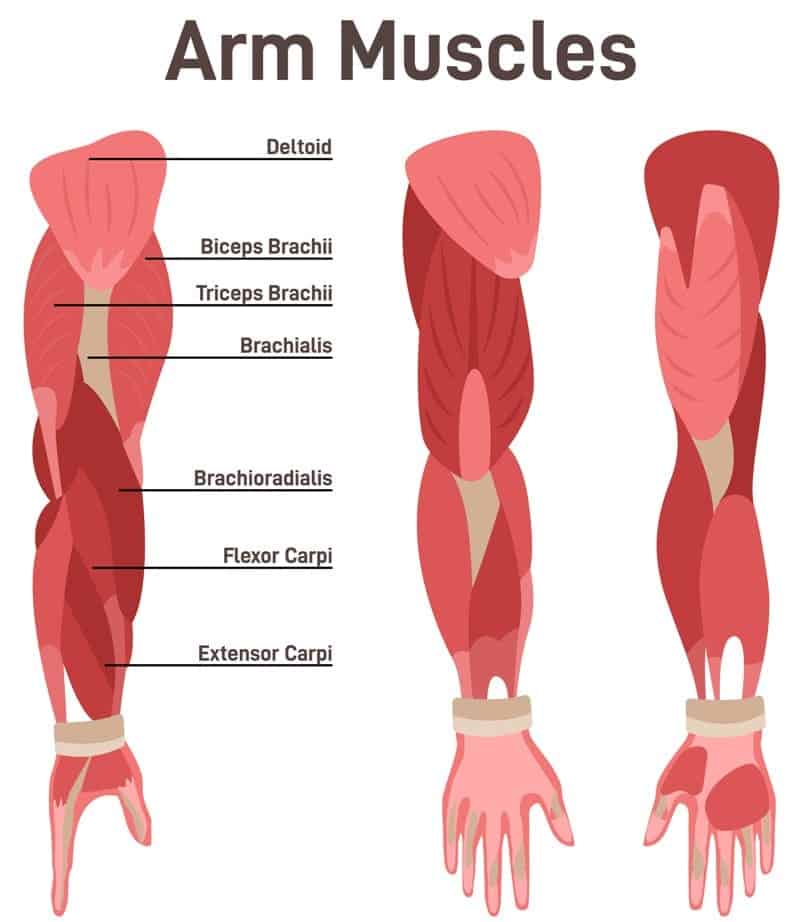
A fall on an outstretched arm can cause injury to the musculature starting from the hand all the way up to the shoulder. Anywhere along this path peripheral nerves can become irritated as they pass through the injured muscles, resulting in not only pain from the fall but numbness in the hand.
Oftentimes muscles that are strained can create referred pain patterns that mimic numbness and discomfort without ever involving nerves at all.
Carpal Tunnel Syndrome
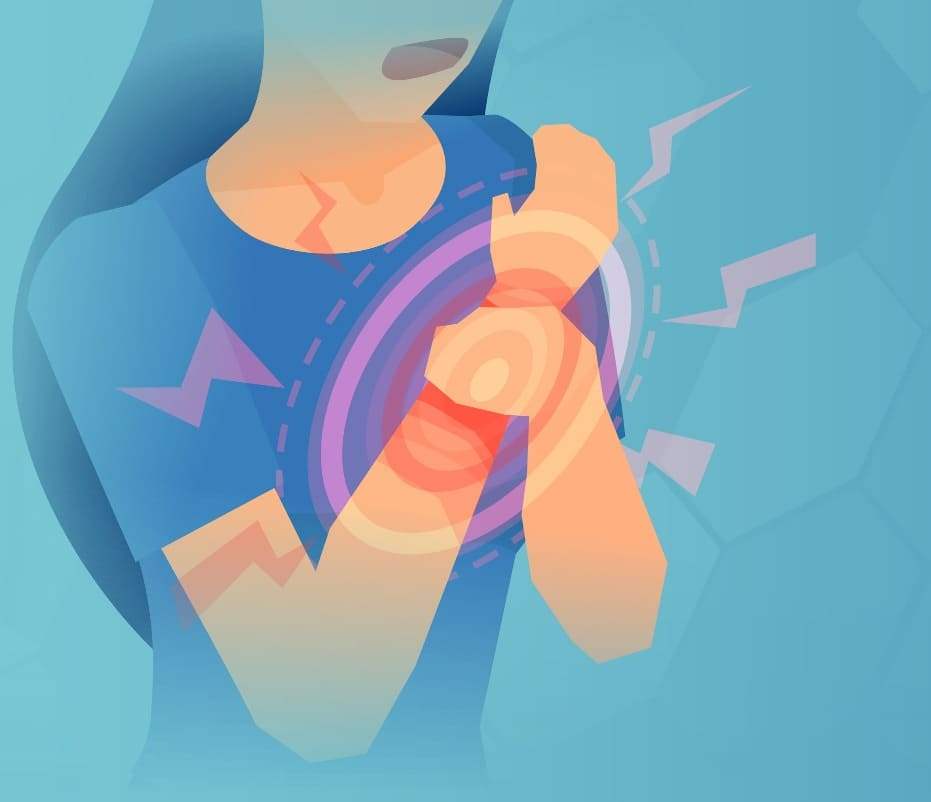
A patient who is diagnosed with Carpal Tunnel Syndrome doesn’t always have it. Sometimes compression of the median nerve isn’t happening in the carpal tunnel at the wrist, sometimes it’s happening in the muscles of the forearm. If someone undergoes surgery for CTS at the wrist and the problem wasn’t there – need I say more?
“Pinched Nerve” or Cervical Radiculopathy
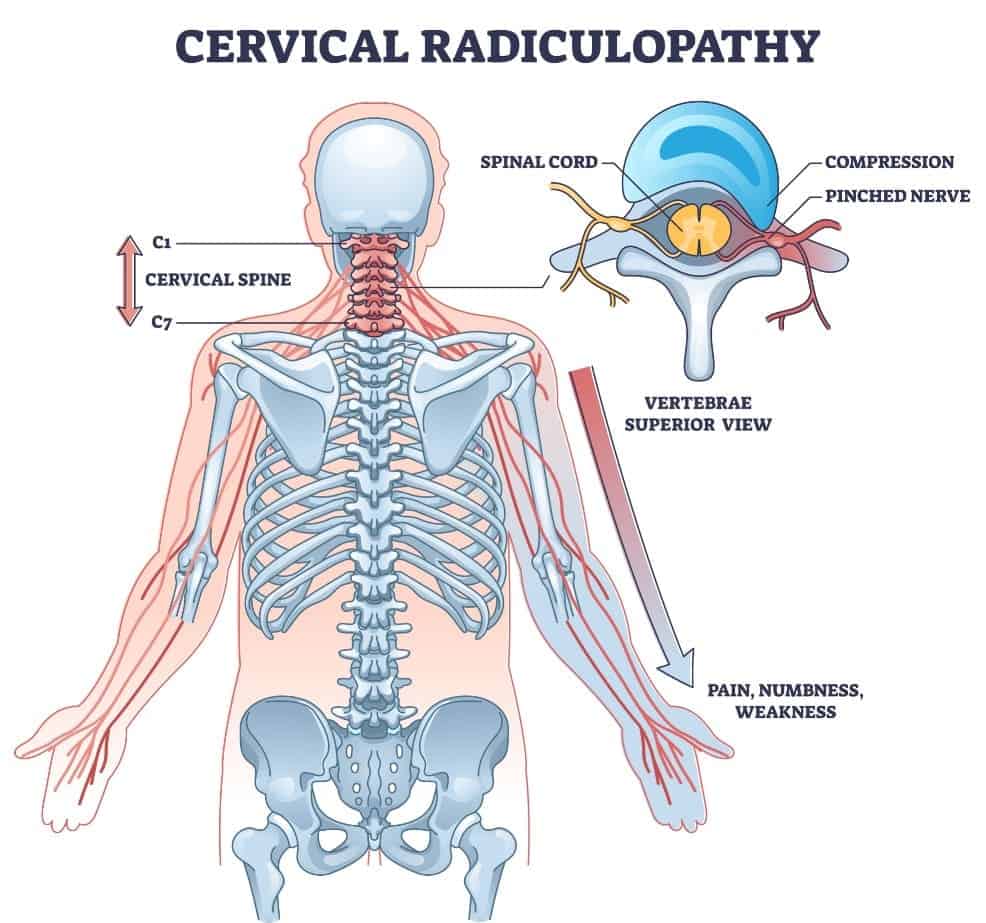
Also worthy of an honorable mention is the “pinched nerve” in the neck, otherwise known as cervical radiculopathy. In this instance, the nerve root is irritated before it leaves the spine and branches out into the upper extremity. This situation can be pretty tricky, but with effort on both the doctor’s and patient’s part, relief via conservative care can be obtained.
Thoracic Outlet Syndrome
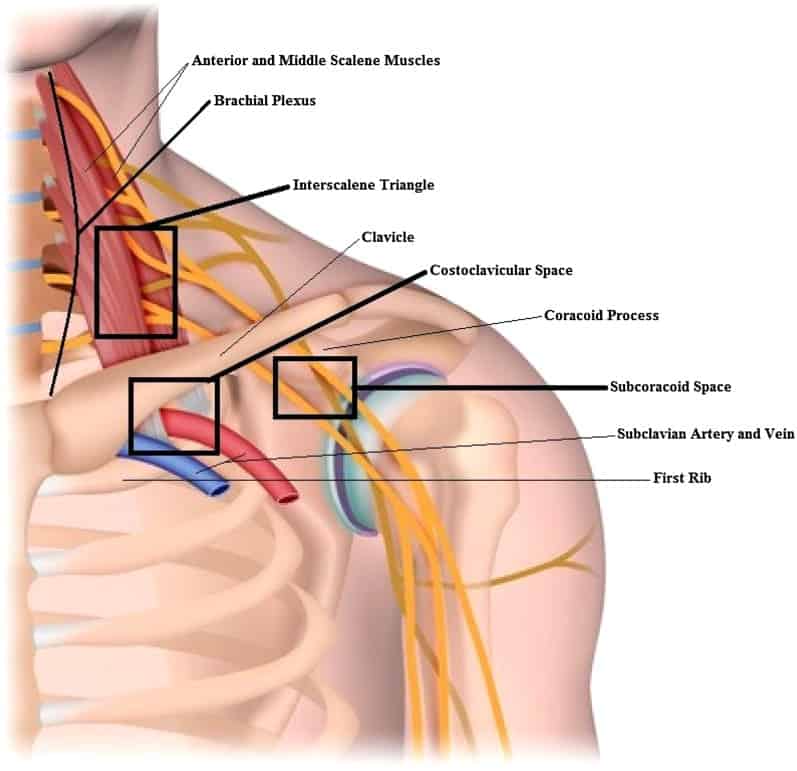
Last but certainly not least is the all time favorite – Thoracic Outlet Syndrome. On either side of our neck are 3 muscles called the scalenes. Based on the way they are situated they create a triangular opening called the scalene triangle. It is through here that a bundle of nerves and vessels pass on their way to supply the upper extremity. Sometimes when one or more of the scalenes is angry, the area for this neurovascular bundle to move through becomes too small, resulting in numbness and tingling anywhere in the arm or hand.
To quickly recap and keep things as simple as possible: multiple nerves and multiple muscles in multiple areas can contribute to hand numbness and tingling.
Occupations and lifestyle choices that contribute to hand numbness
A huge contributing factor to hand numbness is repetitive activity, be it work related or recreational.
- People who have to type on the daily either for work or school, assembly line workers who perform the same motions over and over, carpenters, mechanics – the list goes on.
- Oftentimes we see cyclists with hand and wrist issues as well as neck issues because of the position they’re in mile after mile.
- Pitchers, violinists, pianists and guitarists, people who knit and people who sew.
- I have a patient who complains of numbness because she reads for hours on end and holds her Kindle with her left hand.
So basically, any activity done in excess can create the perfect environment leading to chronic inflammation and muscle strain.
- This is where we as chiropractors come in with our expertise in anatomy and physical medicine.
- This is when we perform myofascial work and release the musculature that is overworked.
- This is when we figure out which muscles are under-performing and which ones are trying to pick up the slack thus resulting in overuse injury and irritating nearby nerves or creating referred pain patterns.
- This is when we teach you guys how to connect to, use and strengthen the muscles that have gone offline due to compensations your body has created. And this is when we mobilize and manipulate the associated joints being affected.
A Little Bit of Self Care
Although it is difficult to prescribe specific exercises without actually examining a patient, there are stretching and strengthening exercises that can be done to alleviate symptomatically in the hands. However, please be aware: stretching alone does not permanently fix things. Weak muscles have a tendency to shorten (tighten) in order to stabilize themselves. Strengthening these muscles is the key to a more permanent resolution.
We have a rather large library of videos demonstrating the activations that can be utilized to strengthen specific muscles. Although it’s not my style to name drop, I will make a concession for the sake of anyone reading this article so that they may try the exercises at home. Here is a short list of the muscles that can be weak and commonly involved in numbness of the hands:
- pronator teres
- supinator
- subscapularis
- infraspinatus
- scalenes
Forearm 4-Way Stretch – Try This At Home
For the reader’s viewing pleasure or when a trip to the office isn’t feasible please take advantage of our videos for a bit of self-care.
Let’s end this!
We know that everybody’s body is different. We know that 20 people can have the same diagnosis but they arrived there 20 different ways. We also know that treating a diagnosis with typical protocol doesn’t usually result in permanent change. Fortunately we don’t treat diagnoses here, we treat unique, individual people. We create customized care and exercise programs so that our patients may reach their goals and feel their best in all their endeavors.
So please, if any of the above information feels familiar and you are suffering with hand numbness, give the docs at TRUE SPORT CARE the opportunity to help.
References:
- Chiropractic manipulative therapy of carpal tunnel syndrome. Roehl Perezde Leon D.C., Samuel Auyong D.C. [PubMed]
- Chiropractic care of a patient with thoracic outlet syndrome and arrhythmia. Michael W. Shreeve D.C., James R. La Rose MBBS [PubMed]
- Thoracic Outlet Syndrome: A Comprehensive Review of Pathophysiology, Diagnosis, and Treatment. Mark R. Jones, Amit Prabhakar, Omar Viswanath, Ivan Urits, Jeremy B. Green, Julia B. Kendrick, Andrew J. Brunk, Matthew R. Eng, Vwaire Orhurhu, Elyse M. Cornett, and Alan D. Kaye. [PubMed]
- Cervical radiculopathy: a systematic review on treatment by spinal manipulation and measurement with the Neck Disability Index. Robert J. Rodine, BSc, D.C., Howard Vernon, D.C., PhD, FCCS(C) [PubMed]
